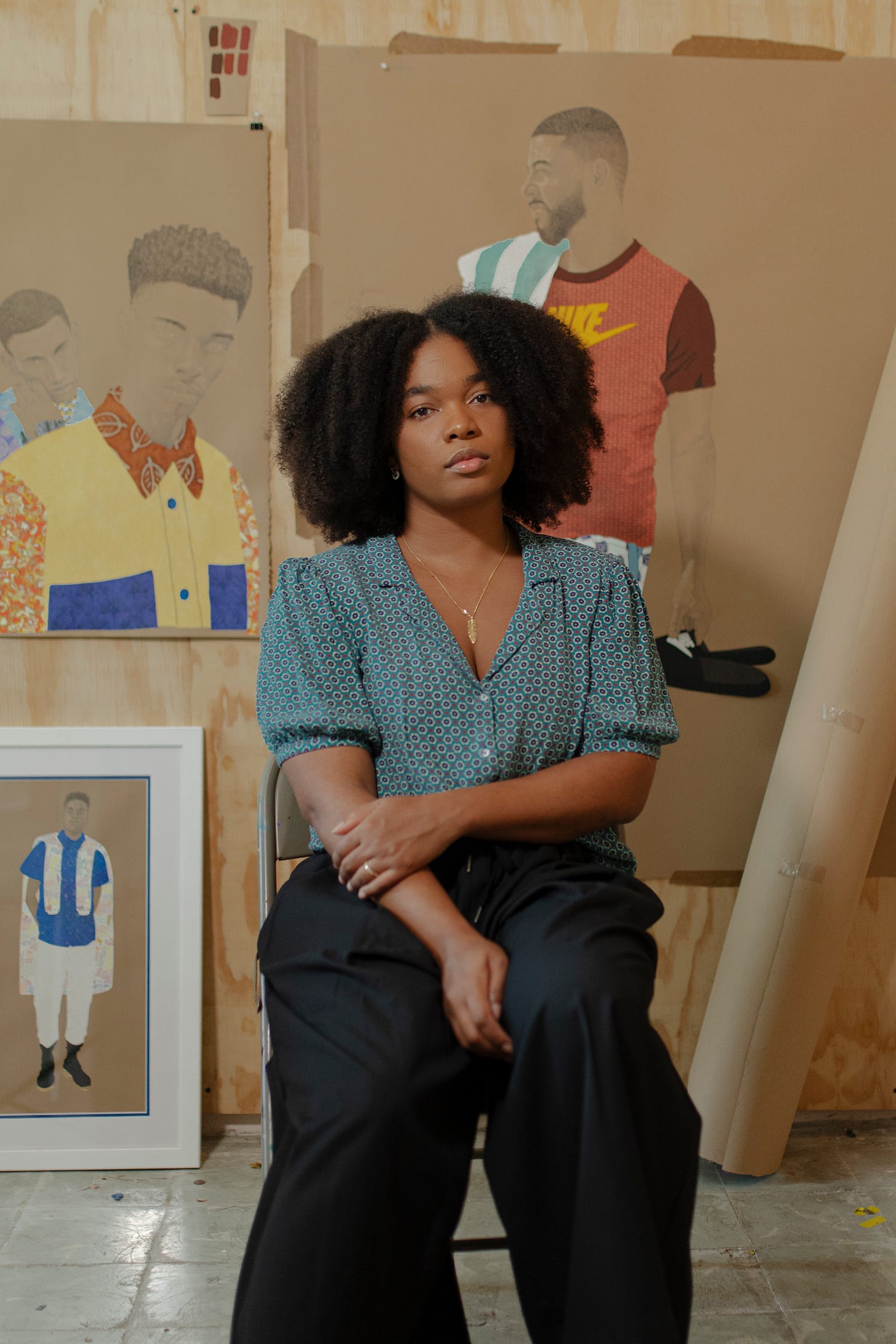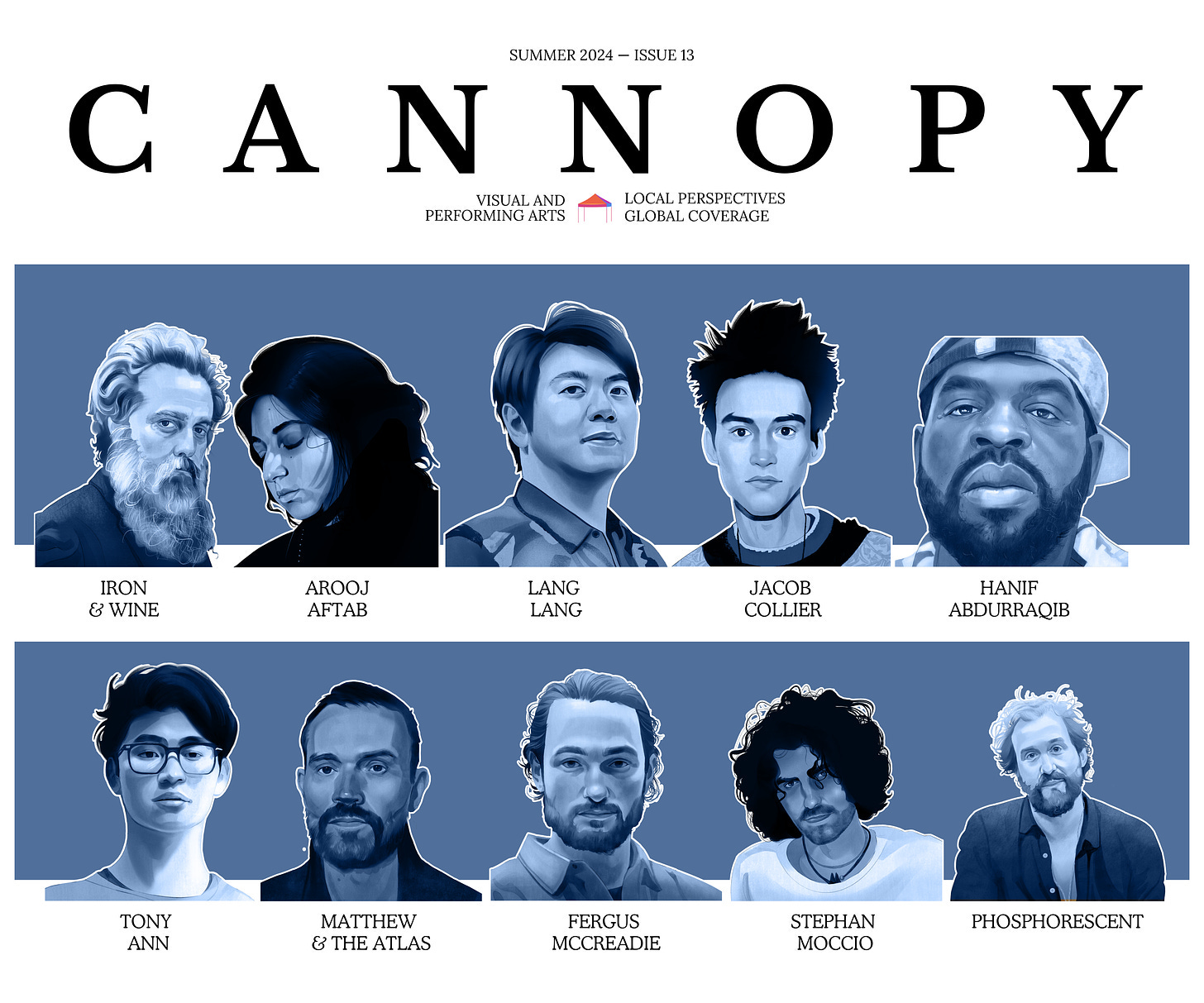Ss13 — FACETIME: Kachelle Knowles
NASSAU | “Living in a nation that relies on tourism has convinced people that looking ‘less Black’ is more tolerable."
WORDS BY MICHAEL ZARATHUS-COOK
There are many ways to justify the requirement of a uniform in primary and secondary schools the world over. While “discipline” is perhaps the most frequently cited, the more utilitarian functions of a uniform─such as maintaining the semblance of economic equality, whereby everyone dresses the same regardless of household income─are laudable adjustments to ease the quotidian terrors of teenagehood. On closer scrutiny, however, a uniform mandate can be revealed in a more sinister light: as a mandate for uniformity, conformity, an unavoidable conscription into what a particular society deems are the acceptable aesthetic of commerce and public life. That scrutiny is roughly the aperture through which the portraits of Bahamian1 artist Kachelle Knowles come into full view.
Born and based in Nassau—the capital of The Bahamas—Knowles is a contemporary artist exploring the confluence of gender, cultural, and social identities, particularly that of the Black community in her country. In her view, Bahamian2 culture and its education system are two circles of influence that don’t quite form a Venn diagram, owing to the latter’s lingering models of colonialism. Employing an androgynous approach to her portraits, her main subject concerns the depiction of the Black male figure, particularly in a group of works titled the School Boy Series. With the use of colourful fabrics and patterns that are a far cry from the staid plaid of the typical high school uniform, Knowles asks the viewer to contemplate the sartorial spaces beyond uniformity, as well as our preconceived notions of the plurality of Black masculinity.
Find this and more in our latest print edition — Issue No. 13:
Keep reading with a 7-day free trial
Subscribe to VISUAL ARTS to keep reading this post and get 7 days of free access to the full post archives.







